Spring is known as the season for “getting the garden in” but perhaps, for whatever reason, you haven’t yet put seeds in the soil. Now that spring has nearly run its course, and the long, hot days of summer are coming over the horizon, are hopes for growing your own food dashed? Not remotely.
Though you may have missed the window for cool-season crops, gardens are forgiving and full of continual opportunity. Now is the perfect time to get heat-loving, quick-growing plants in the ground and bring in a harvest. Peruse this list of vegetables that can be planted from seed in the garden (even in late spring), make it to edible, delicious maturity, and keep your garden hopes alive.
1. Amaranth
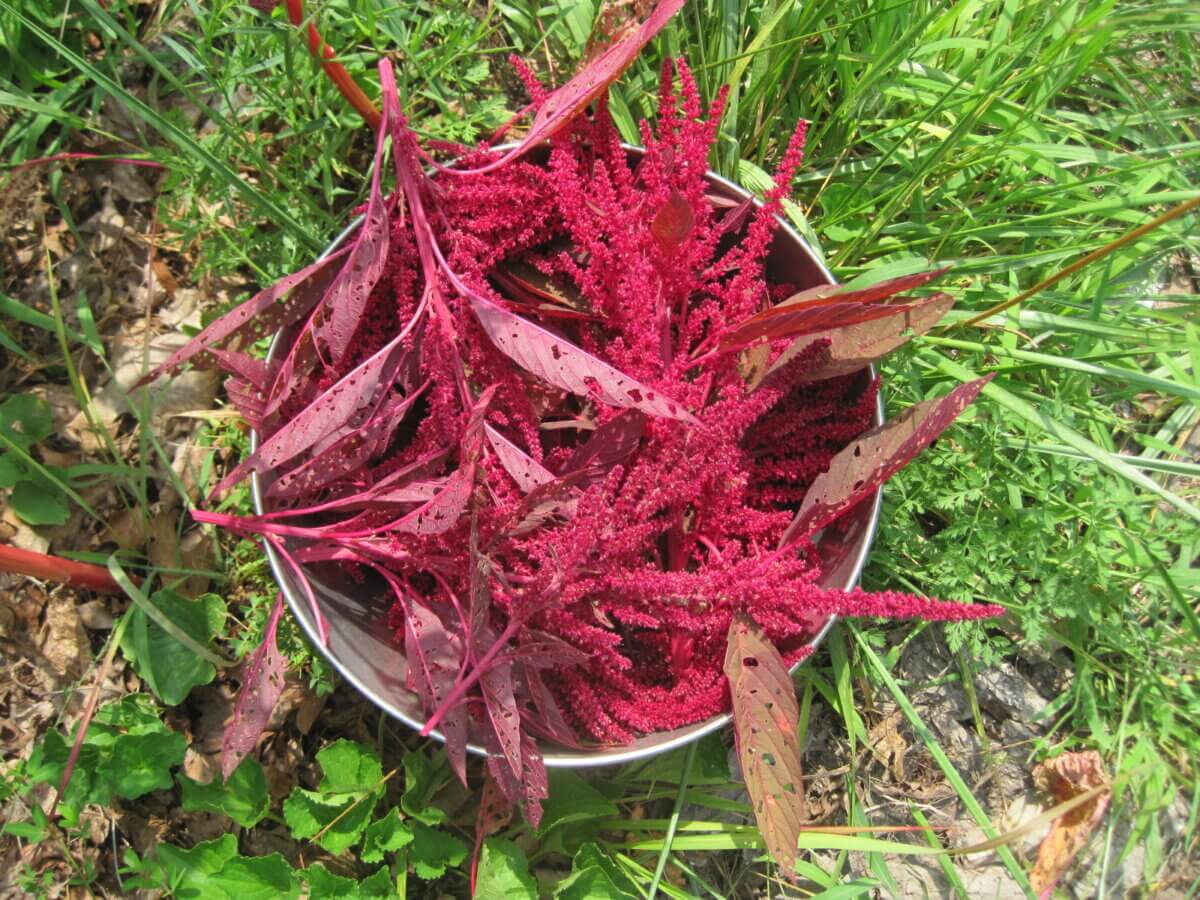
I talked about amaranth in an earlier article on Native American domesticated plants, but it’s such a useful, fast-growing plant that it deserves more mention. Amaranth is one of the soonest-sprouting, quickest-growing plants on this list; going from tiny seed to harvestable seed head in as little as 90 days.
Beyond the nutritious seeds, however, the vegetative bits of this generous plant are delicious. The leaves come into their own at the hottest part of summer when your spring spinach is but a faded memory. There are great varieties of amaranth that have been bred specifically for leaf production, such as the Jamaican Callaloo that is sold by Southern Exposure Seed Exchange. Personally, I’m growing Golden Giant this year, and hoping I can fertilize and water them enough to get the promised 1 pound of grain per seed head that is listed in many seed catalogs.
I like to follow up my garlic harvest with a planting of amaranth — it fills up the empty spaces quickly, and gives me a nice harvest in record time.
2. Cowpeas
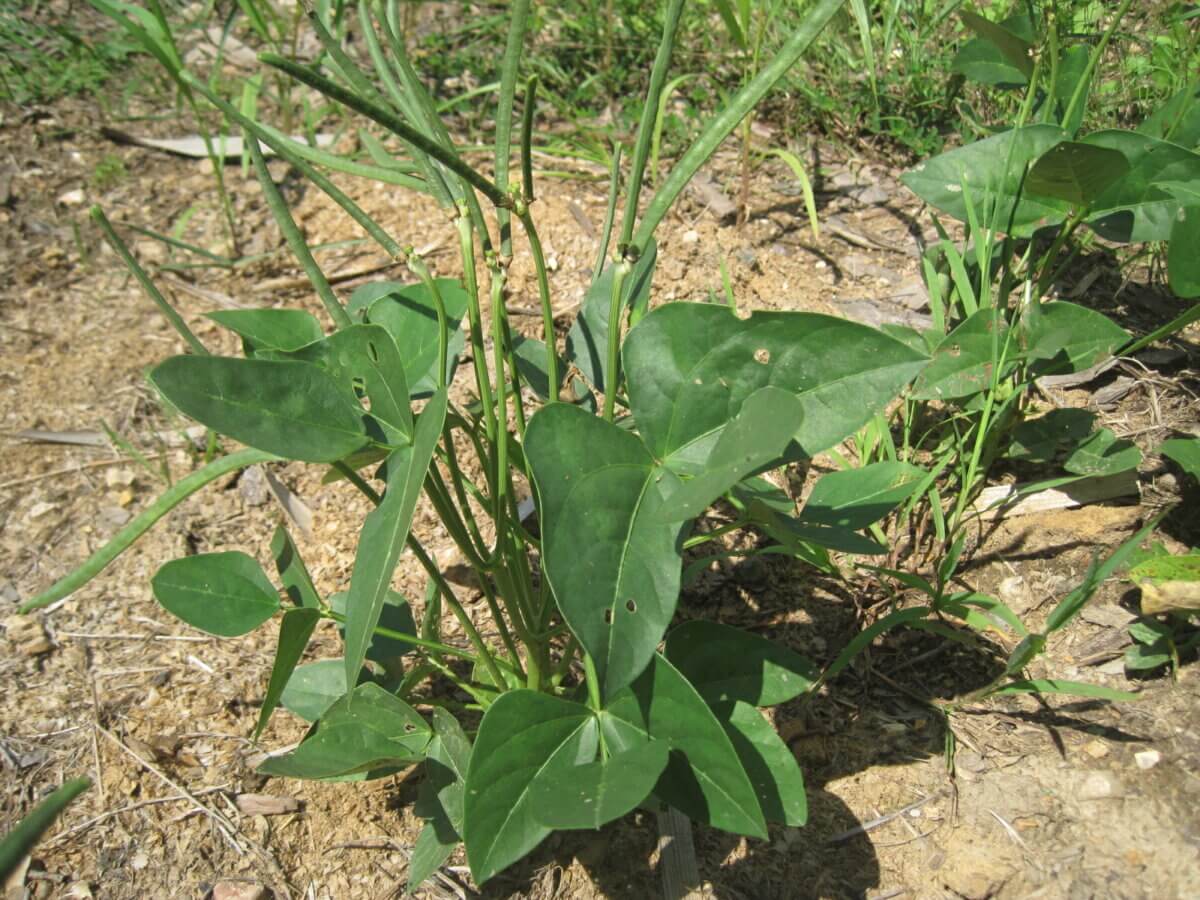
Maybe it’s because I was born up north, but I had never eaten these legumes until I moved to the Ozarks. Let me tell you — I was missing out. Also known as black-eyed peas, southern peas, crowder peas, and Niebe, these warm-weather, African-originating legumes absolutely thrive in summer’s heat, offering their edible leaves, immature seed pods, and dried beans at the end of the growing season. They do well in poor, drought-prone soils, and were some of the only plants that gave me a harvest last year when my hill was microwaved in a 14-week killer drought.
Cowpeas won’t start flowering until the summer solstice, but that shouldn’t concern the tardy planter — they’ll “hit the ground running” as soon as they’re big enough (and don’t forget, you can eat their tasty leaves until then).
There are dozens, if not hundreds, of varieties of cowpeas. I’ve had good success with the Texas Cream cultivar, but you should experiment with what grows best in your area.
3. Corn
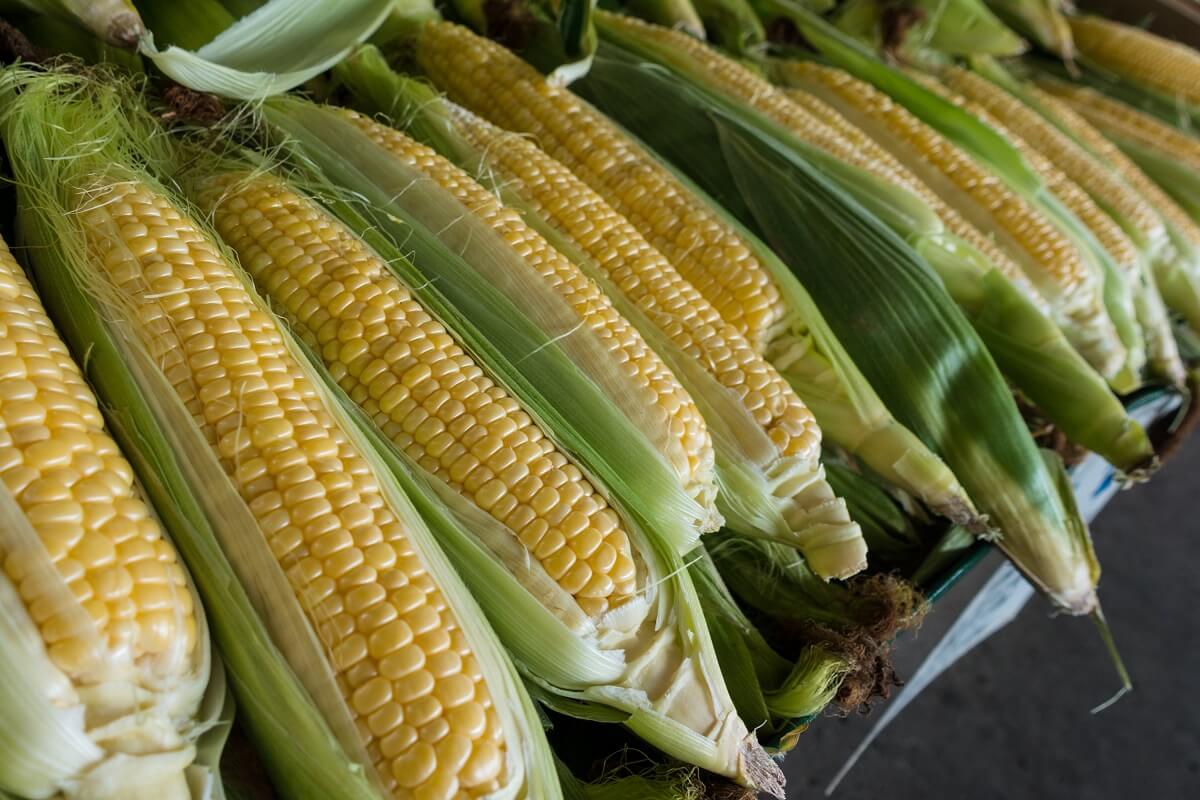
Corn is synonymous with summer, particularly sweet corn warmed from the field. Thankfully, your window for planting corn is wide open in June, and will stay open in some areas until September. It may be too late to plant some types of dent corn, since they’re harvested when totally dry and mature, but it’s a great time for getting juicy and tender, fast-maturing sweet corn planted in the ground.
If you’re going to go to the trouble to plant sweet corn, you should know that it’s absolutely decadent when eaten raw, fresh from the plant. That’s one of the true, secret summer delights — one that raccoons have known for ages.
I’ve just put in another planting of Golden Bantam corn in my garden — it’s a sweet corn, and an heirloom variety, which means I’ll be able to save seeds for next year.
4. Long Beans
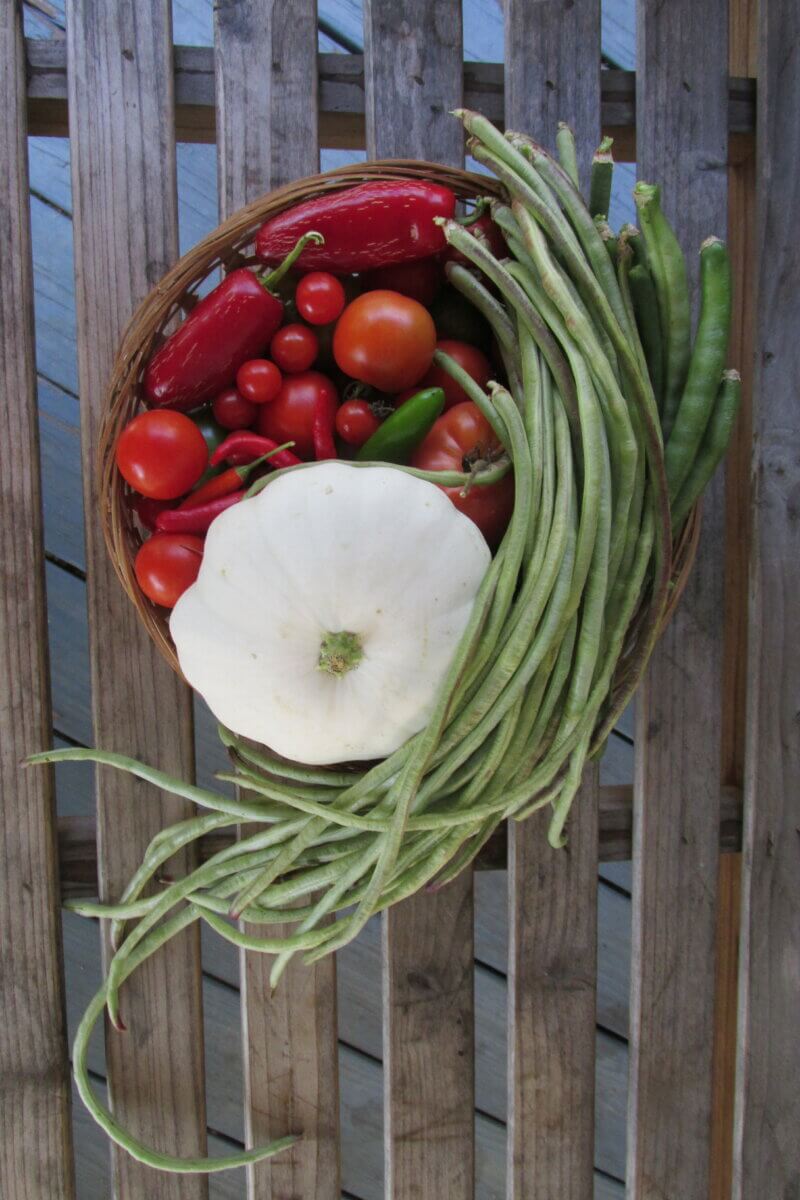
You may have never heard of long beans before, so if you’re unfamiliar, check out my earlier article on these impressively long bean pods. These vining, Asian legumes are close relatives to cowpeas, and share much of the same growing requirements and habits.
Like cowpeas, they won’t start flowering until after the summer solstice, so it’s a good idea to get them in the ground as soon as you can to make sure they’ll be ready to bloom and produce tasty beans. They love the warm weather, grow quickly, and before you blink, you’ll be harvesting bean pods as long as your arm (or longer).
There are many gorgeous varieties to grow, ranging in color from bright, grassy green to shocking magenta or sultry purple. I’ve had good success with the Chinese Green Noodle cultivar, but I’d be hard-pressed to meet a long bean I didn’t like.
5. Tomatoes
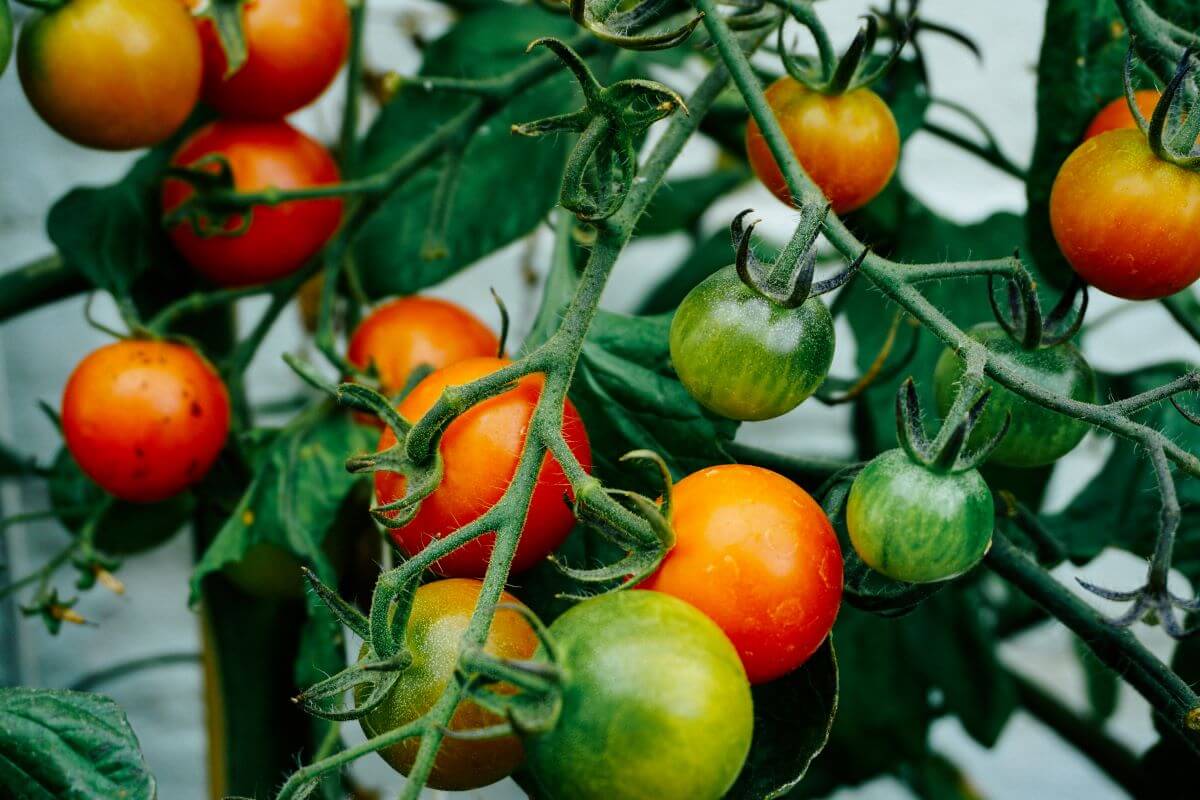
Yes, you can start tomatoes from seed right now and still get a harvest. If you live in a place with a long growing season, try planting some determinate tomatoes this month. If your weather holds, they’ll push out their crop of tomatoes all at one time before frost, giving you a lot of tasty goodness to put away for the winter.
Alternatively, you can plant tomatoes in large pots with intentions to bring them in when frost threatens. A small-fruited tomato type (grape, pear, or mini-tomatoes) will probably be best. They ripen quickly, and in large amounts though they probably can’t last indoors all winter because they are perennials. See how long you can make them last.
At the very least, you’ll be able to pick some summer-rich sweetness a little longer than you would if they were left outdoors. I’m experimenting with some later-planted Azoychka tomatoes this year. Though they’re indeterminate, they’re pretty cold-hardy, and I hope they can hang on as long as possible through the fall.
6. Peppers

Though some peppers take their sweet, sweet time to start bearing fruit (I’m looking at you, Capsicum baccatum types), you can plant pepper seeds now and get some good-looking fruit before frost. You may not have realized peppers are perennials. Unlike tomatoes, they stay in a somewhat tidier shape at maturity, and if they are placed in a sunny spot, can make beautiful and potentially tasty house plants. If piquant peppers pique your fancy, plant them in some large pots that you can move indoors, and enjoy their productivity through the summer, fall, and maybe even winter.
Though I didn’t plant them late, I’ll be digging up a few of my Super Shepherd and Sugar Rush Peach peppers to see if I can get them to continue producing indoors when frost looms.
And Don’t Forget Fall Planting!
It amazes me how many gardeners believe that the garden is pretty much finished once the summer’s heat wanes and the leaves begin to blush with fall colors. If you plan ahead, you can carefully plant cool-season crops mid-summer, nurse them through the last of the heat waves, and fill the garden with them come August and September, giving you the chance for a late fall or even the earliest of spring harvests, if your plants overwinter well.
I’ve written an earlier article on my love for fall planting here, but the TLDR version of it is basically this: rutabaga, bok choy, carrots, kale, winter radishes, daikon radishes, cabbage, beets, and mizuna are all excellent plants to get in the ground mid to late summer to enjoy for fall feasting.
You’ll have to experiment with when it’s best to put seed to soil in your climate. For me, Asian greens do excellently when planted in September, but I have yet to figure out how to grow great cabbage (I’m really good at growing pathetic cabbage). Some gardeners opt for starting seeds in a greenhouse, others try to grow them in the shade, and still others direct-seed them under a shade cloth. Give it a go, and don’t worry about making mistake. You’ll find out what works best for you.
So if you’re currently in the depths of garden-failure despair, take heart. All is not lost. Give some of these hot-weather lovers a try in your empty plots, and see if you don’t end up with a great looking garden in the end. And if there are other late-sown plants that you rely on, let us know in the comments below. I’ve listed what works best for me here in the Ozarks, but I sure don’t know it all and would love to hear what you have to say.



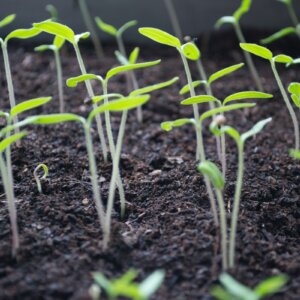



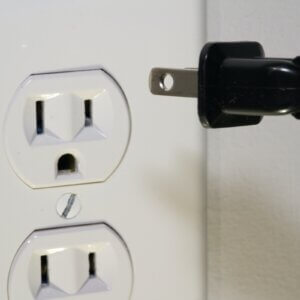

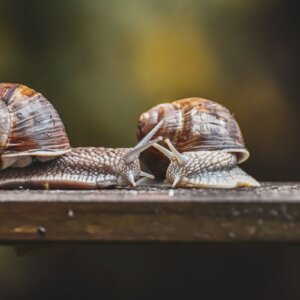

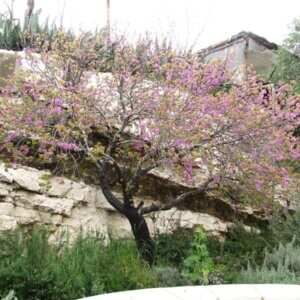

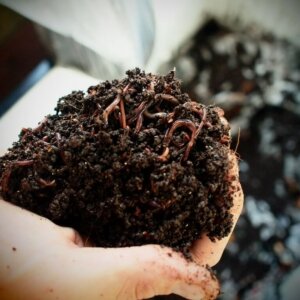

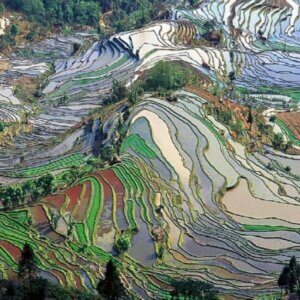

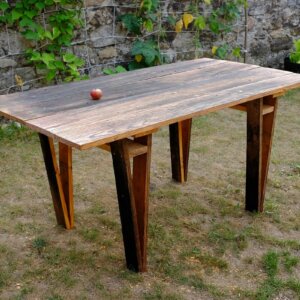


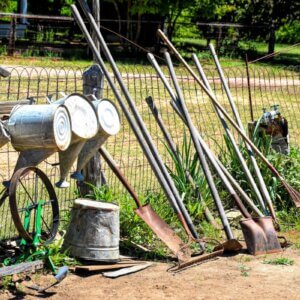

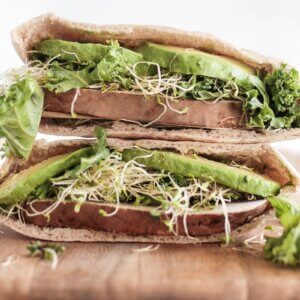
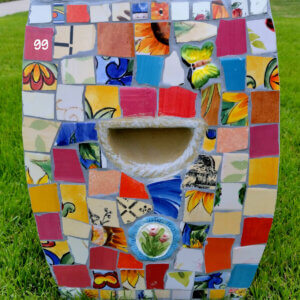
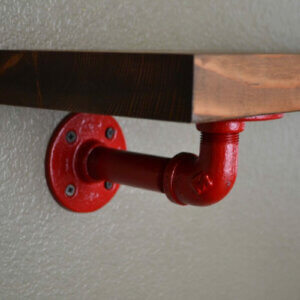
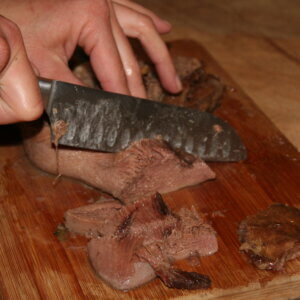

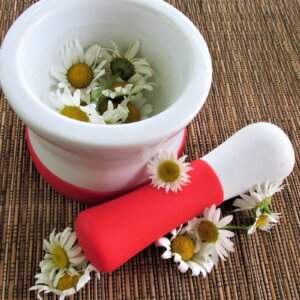


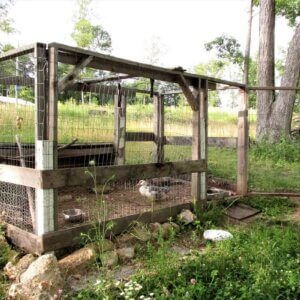

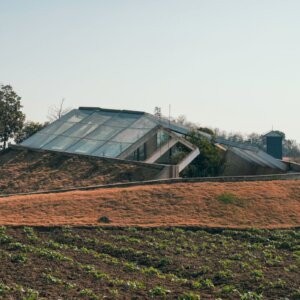
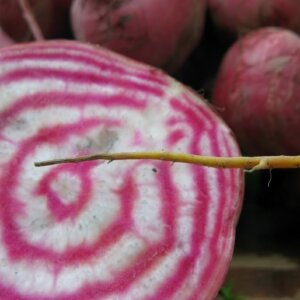





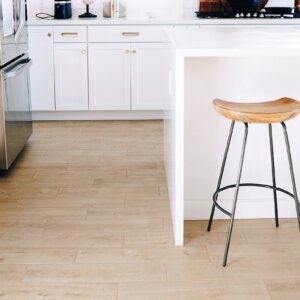
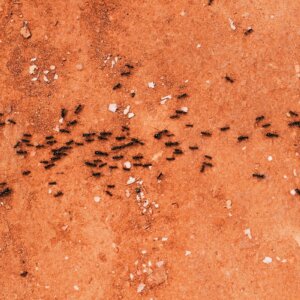
Leave a Reply